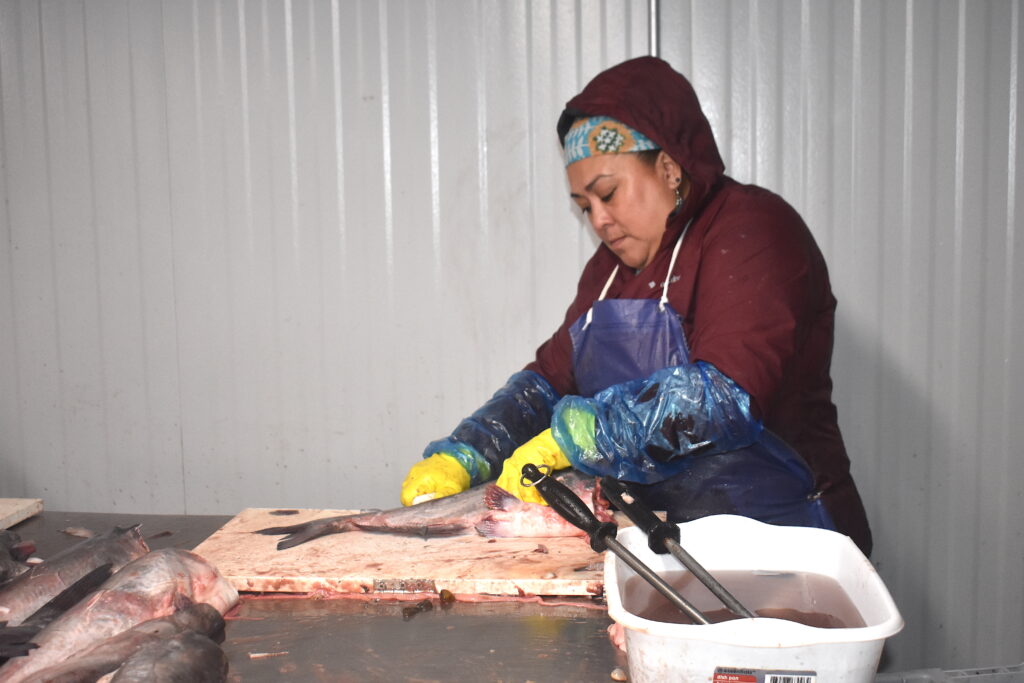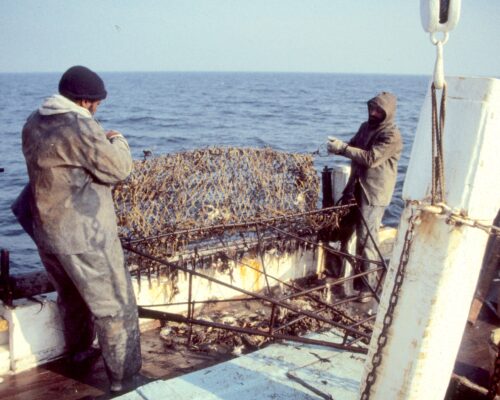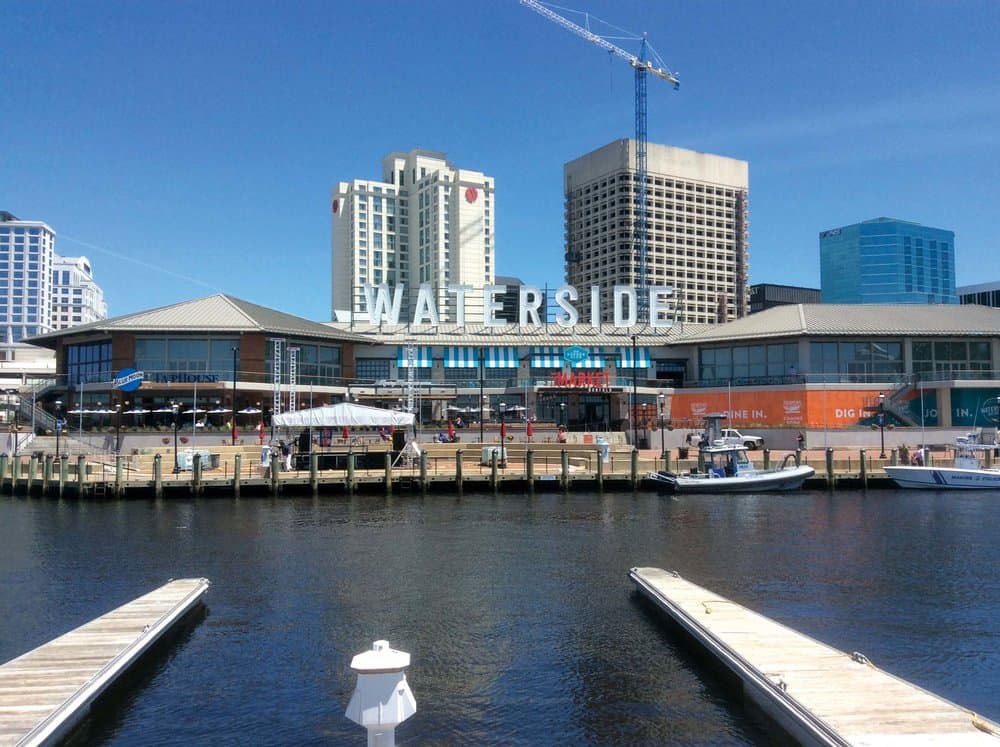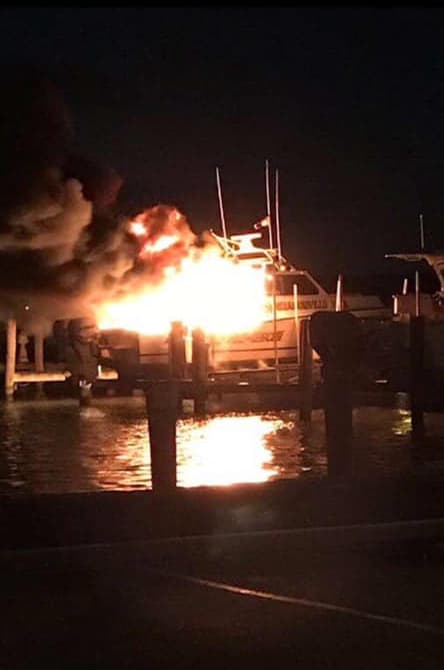They were brought here with the best of intentions. But blue catfish have become a menace in the waters of the Chesapeake Bay, and the Commonwealth of Virginia is trying to build a robust commercial fishery to curb their population. Unfortunately, efforts to fund it for $4 million were cut in half and then, just before the bill’s passage, slashed to just $250,000.
During the 1970s and 80s, blue catfish were introduced to the James, Rappahannock and York river basins as a new recreational fish by the Virginia Department of Wildlife Resources. Blue cats are native to Mississippi, Ohio and Missouri rivers.
The catfish quickly spread throughout the Chesapeake Bay watershed into nearly every major tributary and are now being seen in North Carolina waters too. Blue catfish eat shad, herring, striped bass, menhaden, clams and blue crabs and there is now concern that the large catfish population are having a detrimental impact on the populations of these species.
The state of Virginia is encouraging the growth of a commercial blue catfish fishery to combat that impact. Gov. Glenn Youngkin signed into law in Sept. a bill to provide $250,000 in state seed funds to establish the Catfish Industries Development Program in state waters.
The program authorizes the Governor to award grants from the Governor’s Agriculture and Forestry Industries Development Fund.
Grants shall be awarded as reimbursable grants to support blue catfish processing, flash freezing harvesting of the fish and infrastructure projects.
The downside is that the bill when first introduced back in Feb. requested $4 million. Earlier during the state’s budget committee process it was downsized to $2 million and at the last minute before a vote on the budget in Sept. downsized it to the current $250,000.
Virginia Watermen’s Association (VWA) president James (J.C.) Hudgins said that the VWA is “extremely disappointed” that the budget committee cut the $2 million down to $250,000.
“That’s not really going to be a whole lot of help, but it is a start,” said Hudgins.
He said that in order for the fishery to grow in Virginia there need to be more processors. There are currently only three in the state and only one large processing plant, L. D. Amory Company Inc. in Hampton.
There also needs to be a concentrated effort to promote catfish as a good tasting food fish, said Hudgins. “[Eating catfish] does have a stigma to some people. It certainly does not have the reputation of snapper and grouper but it is a good tasting fish. We need to further promote and encourage that reputation and more funding would certainly help that.”
The blue catfish legislation and funding proposals were sponsored by Sen. Richard Stuart (R-King George County) and Del. Keith Hodges (R-Middlesex County).
Del. Hodges said, “These blue catfish are decimating the menhaden, striped bass and crab populations on the Bay. They are annually eating a million tons of peanut bunkers (young menhaden). We have got to find some way to bring them under control. Encouraging a strong commercial fishery to harvest the fish and creating adequate processing facilities is the answer.”
“The $250,000 is a start and hopefully we can get some long term funding later on to make this fishery grow,” he says. “We have a lot of partisan support in the General Assembly.”
Hodges said he is going to introduce a “caboose” bill that, if approved by the General Assembly, would allow for the appropriation of $2 million to be readjusted.
Back in March, the state of Maryland made an effort to address the problem as Gov. Wes Moore made a formal request to the U. S. Secretary of Commerce for a disaster declaration due to detrimental effects of blue and flathead catfish and snakeheads in Maryland waters.
-Larry Chowning




